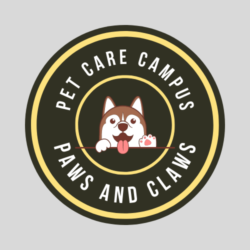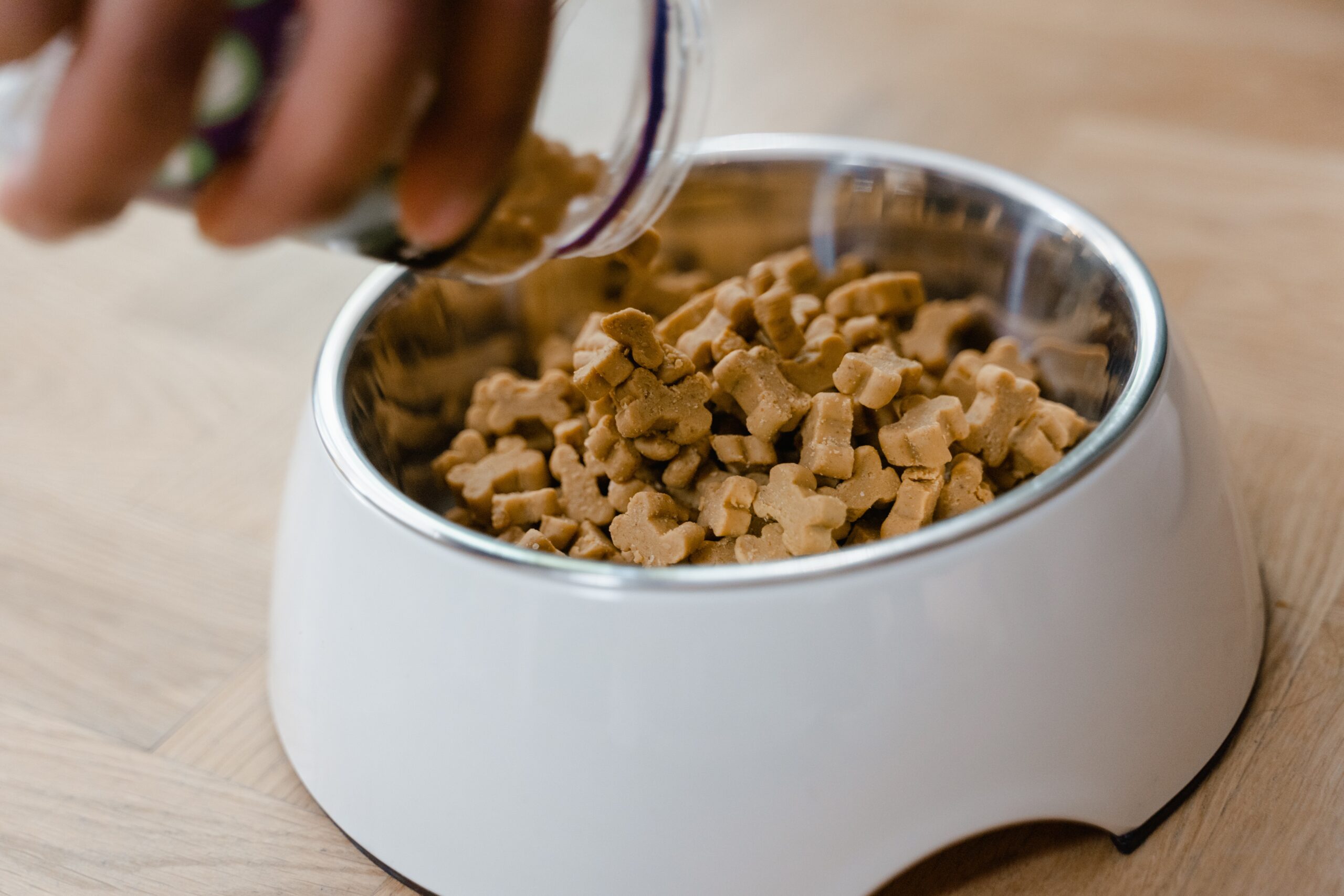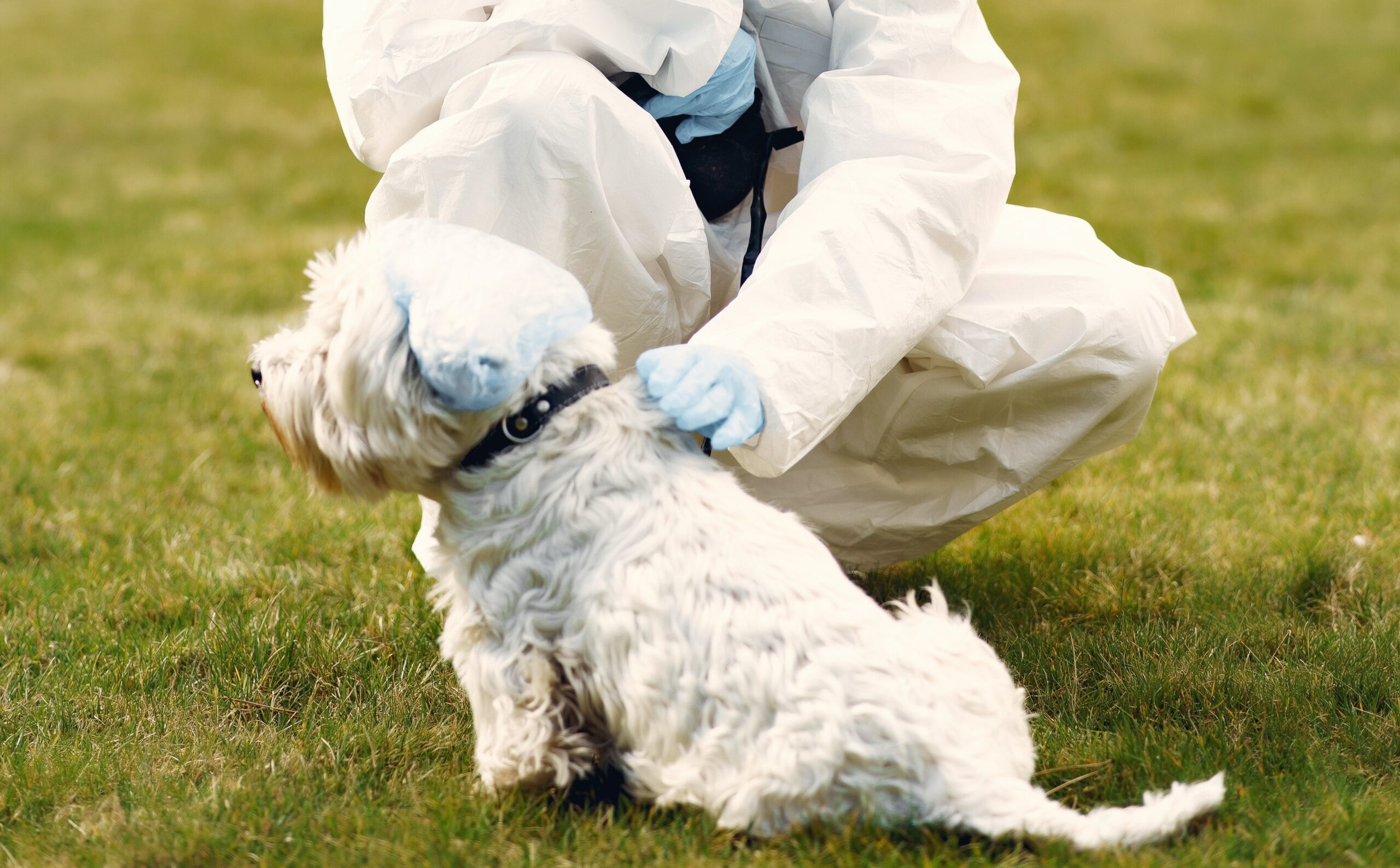Strategies for Maintaining Pet Health: Preventing Obesity in Your Furry Friend
The prevalence of pet obesity among pet owners is on the rise, with numerous health problems resulting for your animal. It is critical for pet owners to comprehend the causes and repercussions of pet obesity, as well as the necessary actions for its prevention. This article will help you to discover effective ways to keep your pet healthy and happy. Learn how to prevent pet obesity and keep your furry friend in shape.
Factors Contributing to Pet Obesity:
Several factors can contribute to pet obesity, including overfeeding, lack of exercise, and genetics. Identifying and addressing these factors is crucial in preventing obesity in your pet.
Adverse Effects of Pet Obesity:
Obesity in pets can lead to a range of health problems, such as joint pain, diabetes, and heart disease. Additionally, it can result in a shorter lifespan and reduced quality of life for your beloved pet.
Tips for Preventing Pet Obesity:
Food monitoring: Ensure that you measure your pet’s food and avoid overfeeding. Discuss the appropriate amount of food for your pet based on their size, breed, and activity level with your veterinarian.
Encourage exercise:
Consistent exercise is crucial in preventing obesity in your pet. Walk your dog daily, engage in playtime, and provide toys for your pet to play with.
Select nutritious food options:
Choose high-quality, healthy pet food that meets your pet’s particular nutritional needs. Refrain from feeding your pet table scraps or human food, as this can result in weight gain.
Limit treats:
Treats can increase your pet’s caloric intake. Limit treats to no more than 10% of your pet’s daily calorie consumption and opt for healthy options such as carrots or green beans.
Routine veterinary check-ups:
Regular visits to your veterinarian can aid in the early identification of obesity signs in your pet. Additionally, your veterinarian can provide guidance on nutrition and exercise for your pet.
Conclusion:
Preventing pet obesity is crucial for the overall health and well-being of your furry friend. By monitoring your pet’s food intake, encouraging exercise, selecting healthy food options, limiting treats, and scheduling routine veterinary check-ups, you can help maintain the health and fitness of your pet for years to come.



